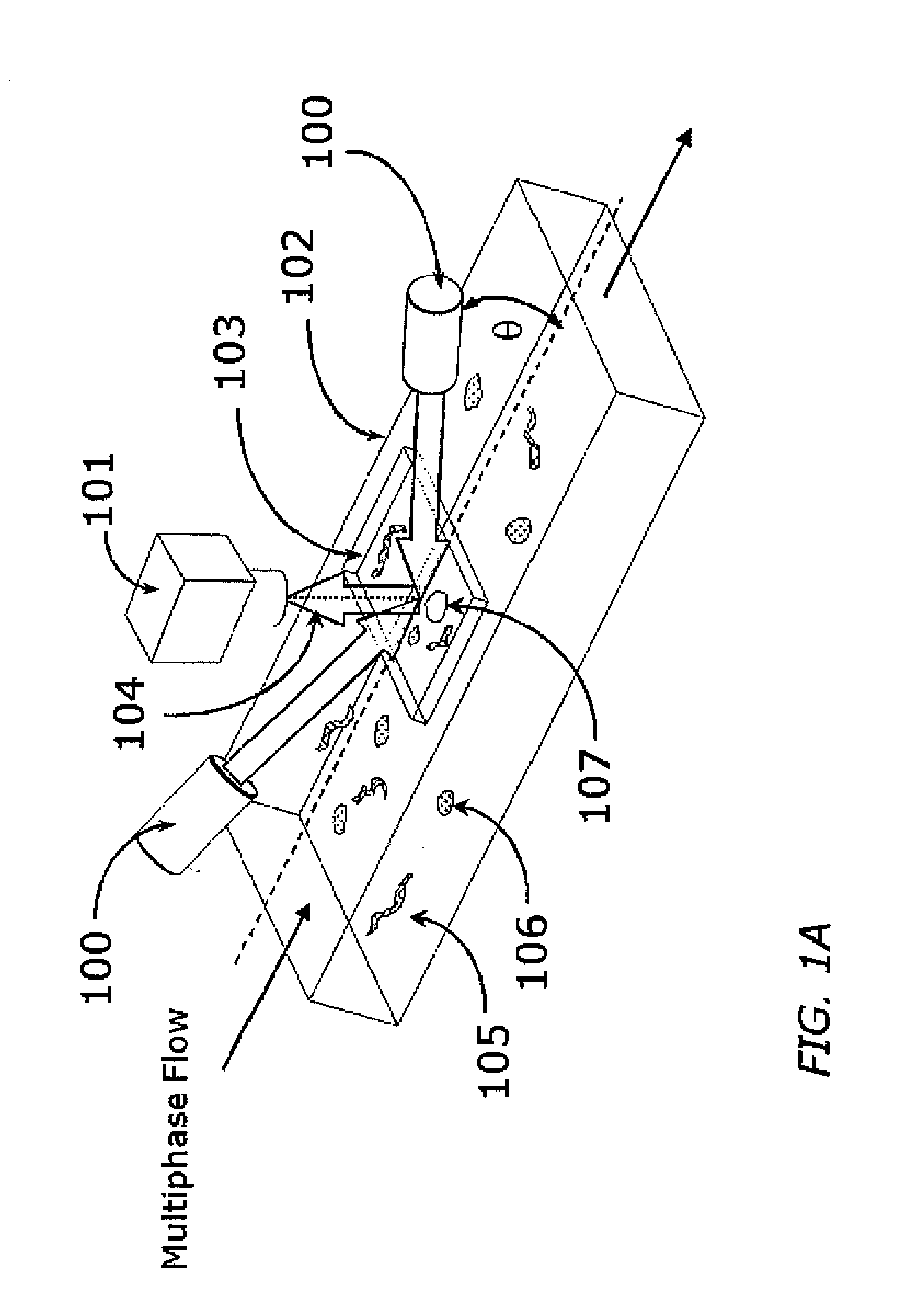Method of monitoring macrostickies in a recycling and paper or tissue making process involving recycled pulp
a recycling and paper or tissue making and macrosticky technology, applied in the direction of fluorescence/phosphorescence, instruments, investigating moving fluids/granular solids, etc., can solve the problems of large agglomerates of hydrophobic materials, stickies and tackies, and troublesome deposits, so as to maximize process efficiency and reduce the effect of quality
- Summary
- Abstract
- Description
- Claims
- Application Information
AI Technical Summary
Benefits of technology
Problems solved by technology
Method used
Image
Examples
examples
[0074]A portable batch analyzer as illustrated in FIG. 2, using a flow cell and optical imaging system, was tested on a continuous pulp flow in a closed-loop circulation system. The analyzer included a bucket mixer mixing at 400 rpm, a flow rate of 1.2 gpm, a pulp pre-heater when needed, and the temperature maintained by a heated external blanket and a thermocouple. The optical system could be used as a benchtop instrument or reconfigured for continuous on-line monitoring. For these examples, a benchtop setup was used. Fresh pulp was sampled from a first source. The fresh pulp was made from recycled fiber and then diluted 1:4 with water, to 15 L. Nile red dye was added to the diluted slurry, 30 mL of 0.1% weight dye solution in isopropanol under mixing and the recording started immediately (except for the experiment documented in Table II). The data obtained were electronically stored. Using the proper camera and imaging processing settings listed in Table I below, the fluorescing s...
PUM
| Property | Measurement | Unit |
|---|---|---|
| particle size | aaaaa | aaaaa |
| size | aaaaa | aaaaa |
| particle size | aaaaa | aaaaa |
Abstract
Description
Claims
Application Information
 Login to View More
Login to View More - R&D
- Intellectual Property
- Life Sciences
- Materials
- Tech Scout
- Unparalleled Data Quality
- Higher Quality Content
- 60% Fewer Hallucinations
Browse by: Latest US Patents, China's latest patents, Technical Efficacy Thesaurus, Application Domain, Technology Topic, Popular Technical Reports.
© 2025 PatSnap. All rights reserved.Legal|Privacy policy|Modern Slavery Act Transparency Statement|Sitemap|About US| Contact US: help@patsnap.com



